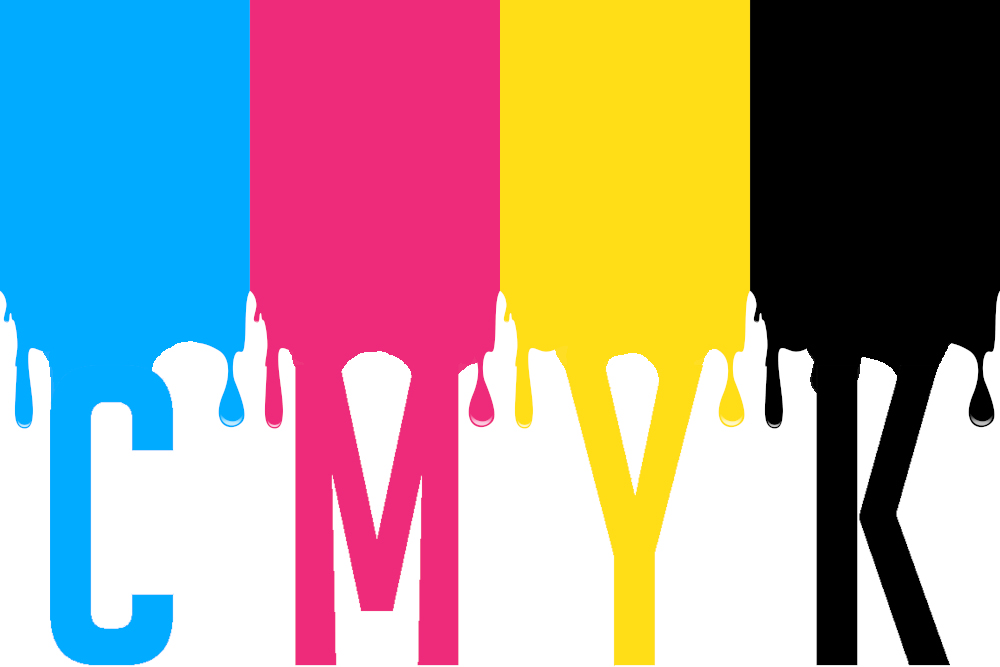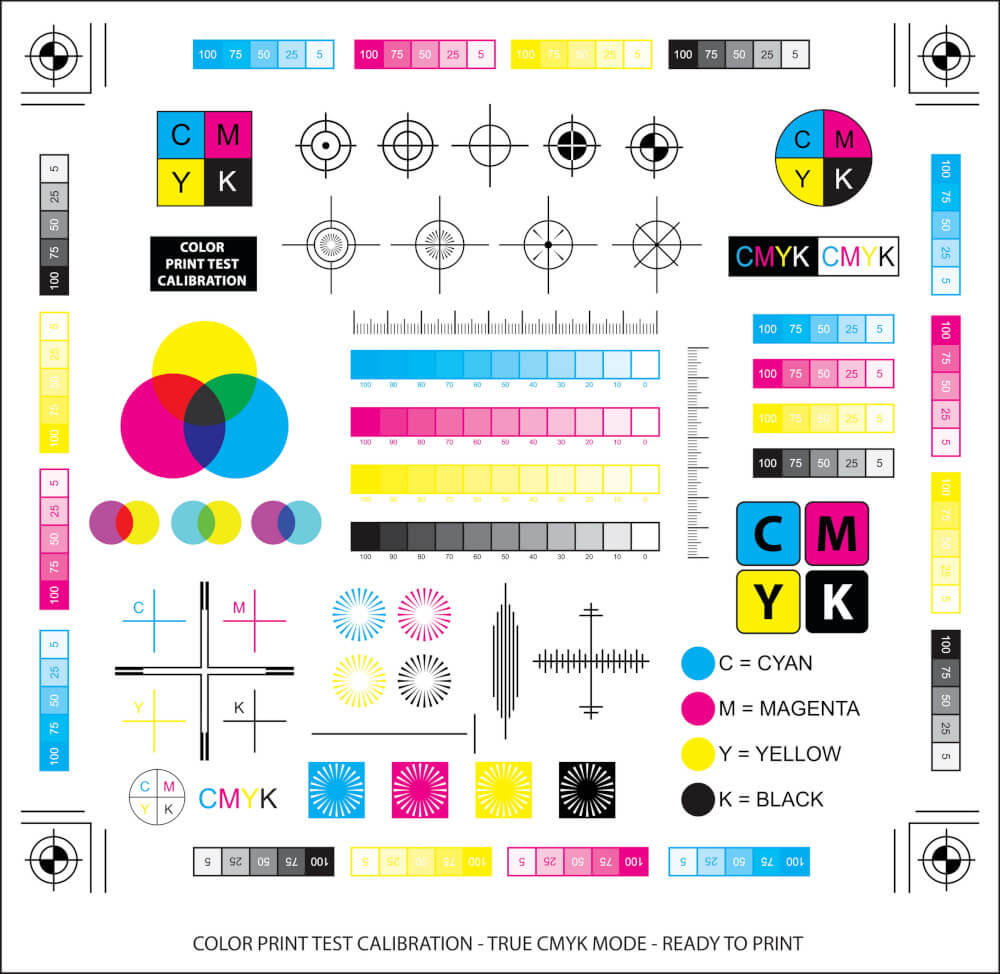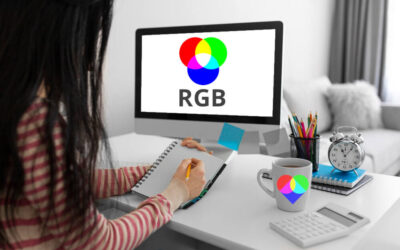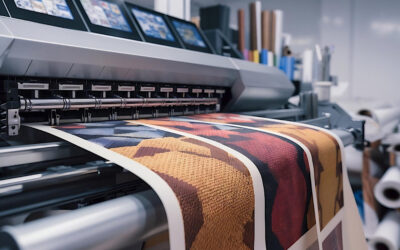The CMYK palette has been an integral part of the printing and graphics industry for many decades. Its history dates back to a time when color printing became the norm and the need for effective color management was essential to the industry. In today’s article, we will learn more about this color palette.
What is CMYK?
CMYK is an abbreviation of the four primary colors used in printing: Cyan, Magenta, Yellow and Black. These colors are used to create the full range of colors in printing processes. The CMYK scale is the basis for many printing methods, including offset, flexographic and digital.
History of CMYK
The beginnings of the color system
Before the CMYK palette was introduced, various systems were used to print color images. One of the earliest was the three-color system, using red, blue and yellow ink. However, over time, more effective ways of printing colors began to be sought, which led to the creation of the CMYK palette.
The birth of the CMYK palette
In 1906, printing companies began experimenting with a new system that would combine the colors cyan, magenta and yellow. It was called the “tri-color system”. This system used the primary colors – cyan, magenta, and yellow – to create a wide range of colors by layering.
However, despite its theoretical effectiveness, the three-color system had some drawbacks. As more layers of color were added, the final image became darker and less vibrant. Furthermore, it was difficult to control the color intensity.
Development
The solution to these problems was the introduction of black ink as an additional color. In 1910, Albert H. Munsell, an American artist and scientist, proposed the CMYK system, which also included the color black (K).
The CMYK palette allowed for greater control over the final color of the print. The black color additionally eliminated the need to apply multiple layers, which improved the print quality and made it possible to achieve deeper and more saturated colors.
Evolution
With the development of printing technology, the CMYK palette underwent further changes and improvements. From traditional offset printing methods to digital printing technologies, the CMYK palette has been constantly modified to meet new market demands.
Currently, the CMYK palette is the standard in the polygraphy and graphics industry. It is used in printing books, magazines, leaflets, posters, as well as in printing photographs and other graphic materials.
Advantages and disadvantages
Advantages
- Large color gamut: The CMYK palette produces a wide range of colors, making it ideal for reproducing photographs and paintings.
- Large format printing: CMYK is used in printing on large surfaces, such as posters and billboards.
- Color correction capability: Individual CMYK colors can be adjusted independently of each other, allowing you to fine-tune your print.
Disadvantages
- Less precise color reproduction: The CMYK palette cannot always accurately reproduce RGB (Red, Green, Blue) colors, which may lead to subtle differences in the print.
- Additional Color: Black is added to CMY, which can lead to slightly more difficult color management and printing processes.
- Costs: The CMYK color palette is usually more expensive than other printing methods, which may be important when printing large volumes.

Are you interested in working with us?
Go to the contact tab or
Application
The CMYK palette is widely used in all areas where printing is necessary, from advertising and catalogs to books and promotional materials. It is used both in offset printing, which is often used in large volumes, and in digital printing, which allows for quick and flexible adaptation of designs in low volumes. Without the CMYK palette, modern printing and printing would not be possible in its current form and scope.
Summary
The CMYK palette is the foundation of the printing and graphics industry. Its history dates back to the early 20th century, when more effective ways of printing colors were sought. Thanks to continuous development and adaptation, the CMYK palette continues to be a key tool for graphics and printing professionals, enabling precise color management and the creation of high-quality prints.





